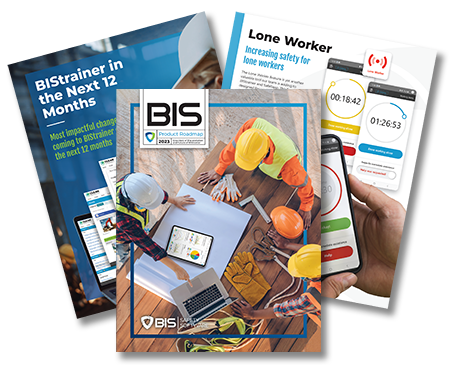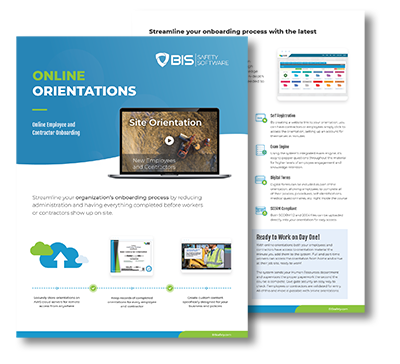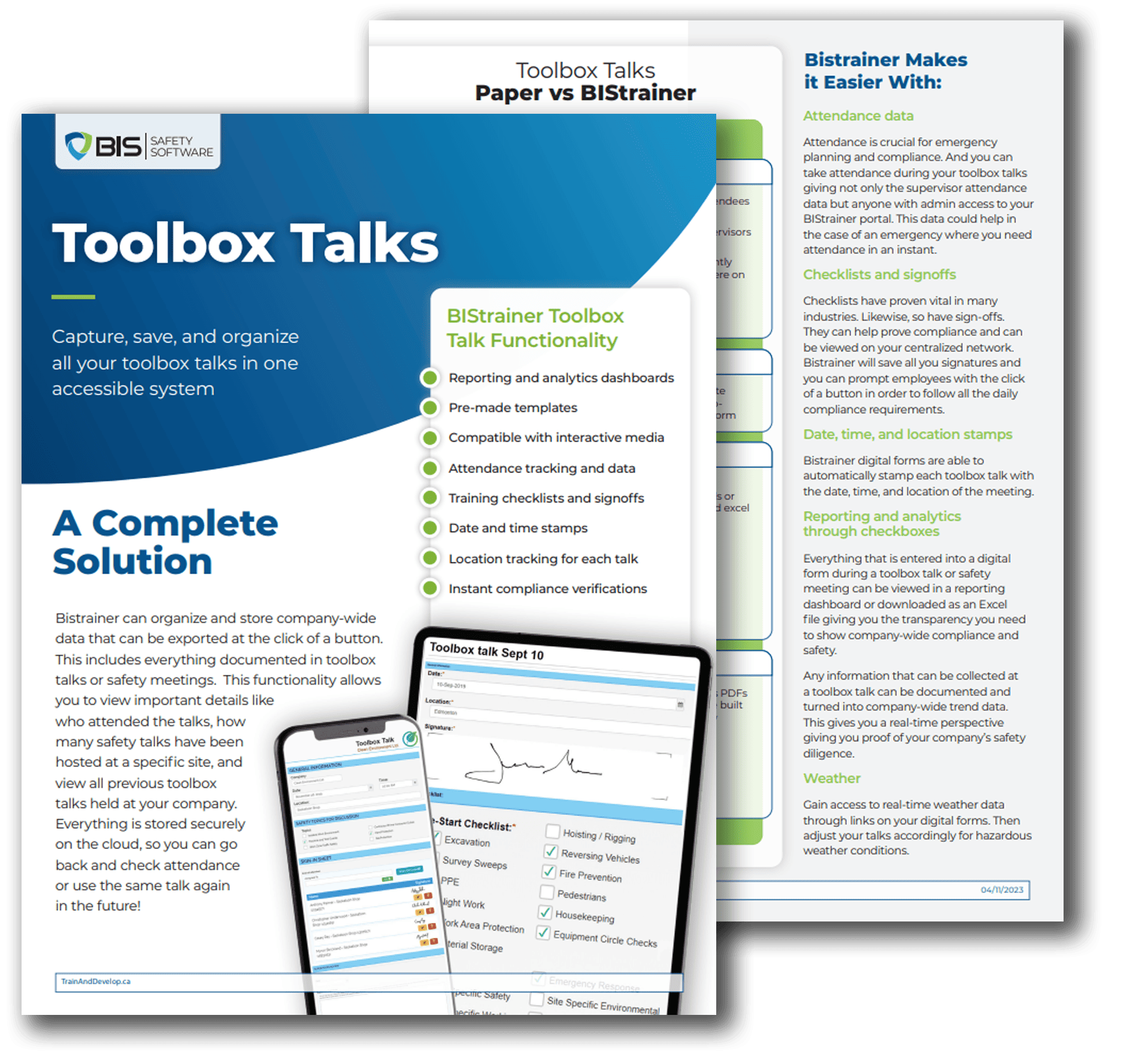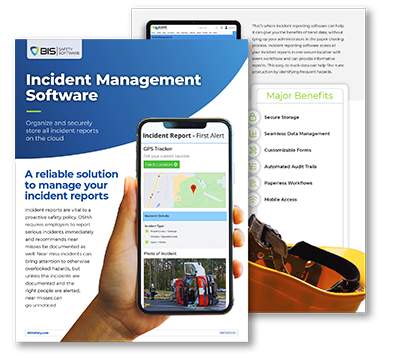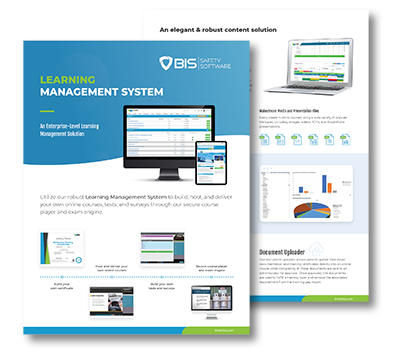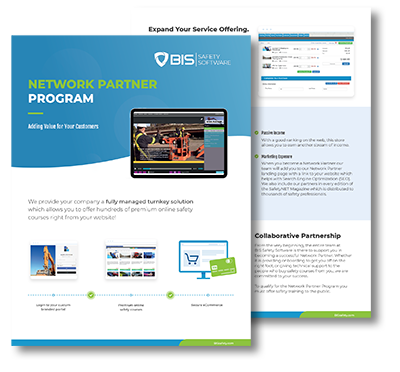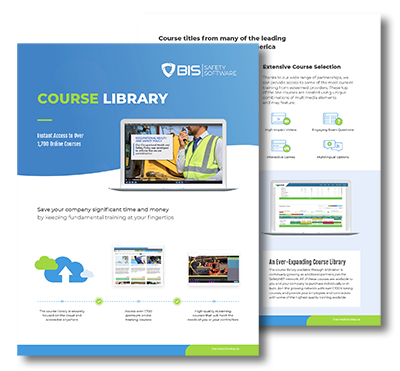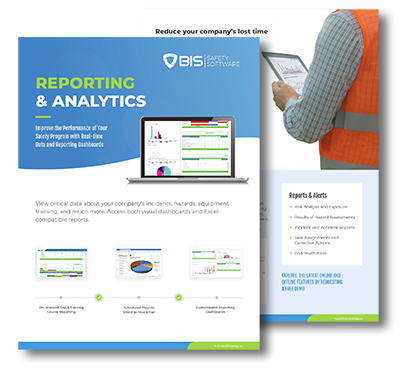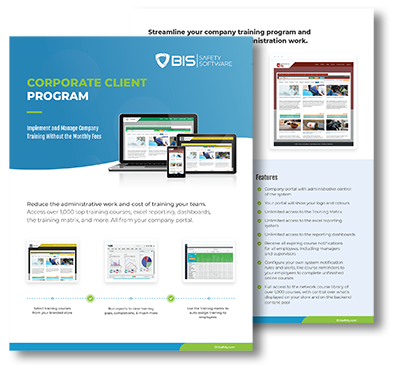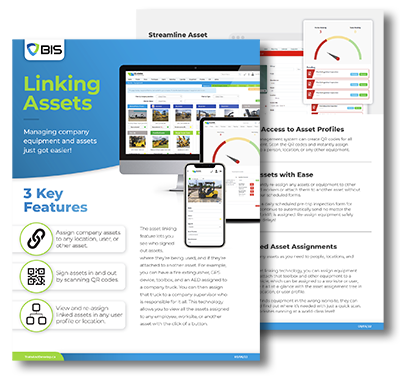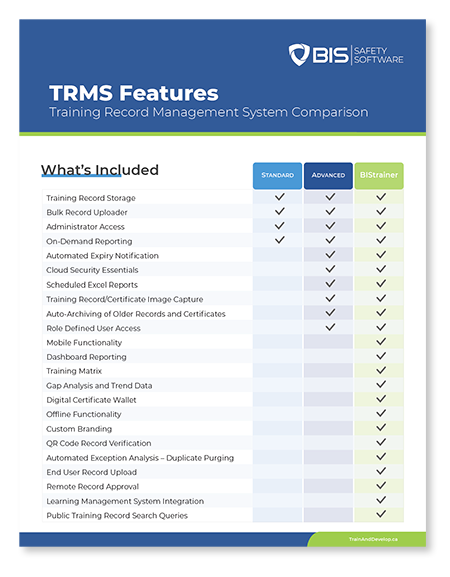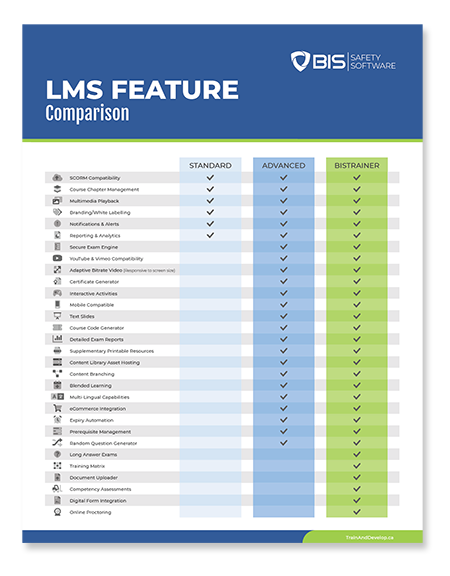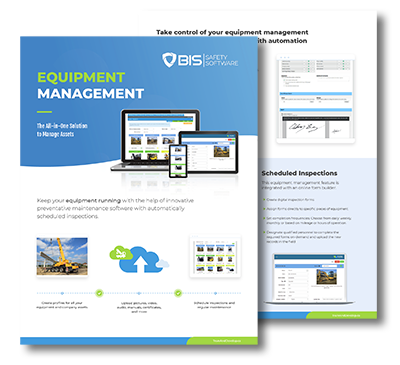Learn about your most important responsibility in the workplace: ensuring the safety of yourself and your workers
Supervisor’s Role
Supervisor’s Role
What Is My Role?
A popular belief exists amongst workforces that the role of the supervisor in the workplace is to get work done and increase productivity. For some supervisors, that becomes their main focus, and their responsibilities begin and end with productivity. Meanwhile, health and safety is kept on the sidelines where organizations believe it needs to be kept to keep productivity from dropping. But what happens when an incident occurs?
After an incident, everyone begins to ask questions about what happened. Often, investigators and health and safety officers will ask to speak with a supervisor to help them piece together what might have occurred. Supervisors who don’t understand their role in health and safety are often left answering, “I don’t know.”
The truth is that incidents are preventable, and they can be avoided if the proper steps are taken to promote health and safety in the workplace. The problem is that many people don’t know what their legal and legislated responsibilities are when it comes to occupational health and safety. But when investigations into incidents lead to legal prosecution or fines, those who have failed to fulfill their responsibilities can find themselves in serious trouble.
Each person at the workplace plays a critical role in ensuring health and safety, but there may be no greater role than that played by the supervisor. Supervisors are given a lot of responsibility for the health and safety of their workers. This means that they must take ownership of their own safety as well, as the way that they act will also have an influence on how workers act and how they perform their jobs. Therefore, it’s crucial that supervisors understand the importance of health and safety in the workplace and just exactly what their role is in making safety systems work.


This online Supervisor’s Role course is designed to help supervisors understand their health and safety roles and responsibilities within the workplace. It ensures supervisors know how to meet their legal obligations, in relation to applicable occupational health and safety legislation, and delves into the challenges and underlying factors that impact occupational health and safety systems.
Being Proactive
Even when supervisors understand their responsibilities, they can sometimes still feel that push from the need to get things done, which leads them to encouraging workers to speed up work processes in the name of productivity. This is why supervisors must remember their most important responsibility: the safety of their workers. Every good safety program must start with the continuous and committed support of upper management and supervisors in implementing effective safety systems and keeping their workers as their top priority.
That is why this course also encourages supervisors to be proactive in their approach in order to improve the occupational health and safety system they work within and in order to support themselves, their coworkers, and their workplace at large.
SUPERVISOR'S ROLE ONLINE COURSE OVERVIEW
During this course, participants will learn:
- The supervisor’s role in health and safety
- Who is responsible, and for what
- How corporate culture affects safety systems
- What health and safety involves
- The Occupational Health and Safety (OHS) Act, Regulation, and Code
- What supervisors can do to improve their OHS system
Presentation
The course is presented with voice-over narration and features music, photographs, graphics, real-world examples, interactive activities, and chapter questions to enhance the educational experience.
Resources
A 32-page .pdf participant manual is available to print and reference while completing the online course. These print materials are also available after the training is completed and can be downloaded from your account home page. Throughout the print materials, examples of past incidents are included to deepen the participant’s knowledge and understanding of the supervisor’s role in and responsibility for the prevention of incidents. It also includes knowledge checks to enhance retention of the material presented. Other supplemental materials include a breakdown of various job positions and their specific responsibilities as well as a breakdown of the Alberta Occupational Health and Safety Code’s parts and schedules.
SUPERVISOR'S ROLE ONLINE COURSE TOPICS
The information in this course is presented in five sections:
- An introduction to the supervisor’s role in health and safety
- Responsibility and Accountability
- Corporate Culture
- What Does Health and Safety Involve?
- OHS Act, Regulation, and Code
The Supervisor’s Role in Health and Safety
Most supervisors understand their role in productivity, directing work, record keeping, administration, and maintaining relationships with other crews. Unfortunately, some supervisors are unclear in terms of their role in health and safety and don’t understand the incredible impact they can have on the safety of workers. This course will answer the questions of what specific responsibilities supervisors have; what is the responsibility of the safety supervisor, the manager, or the employee; how to become a good supervisor; and how to meet legal and company obligations.
Where Does Safety Fit?
When we’re constantly pushed to be more productive, sometimes it can be hard to see just where safety fits in our organization. This course covers how safety applies to quality control, profitability, company reputation, legal requirements, and costs related to injuries (both directly and indirectly).
Responsibility and Accountability
Many questions surround health and safety in the workplace. Who is responsible and accountable for health and safety in your organization? What are their responsibilities? How are they held accountable and what measures are used? This course answers these questions and helps supervisors understand the measures available to them.
Supervisor’s Tasks
As we know, supervisors are responsible for a wide variety of safety-related tasks and competencies. This course provides supervisors with a structured process for completing these tasks by outlining tasks to perform before, during, and after a job.
Corporate Culture
All employees know, regardless of what the organization’s official policies might state, what their true safety culture is. Supervisors play a key role in an organization’s safety culture and can greatly impact what procedures are followed and what rules are ignored by workers. This course will teach supervisors the difference between a production culture and a safety culture and how to encourage employee ownership for safety.
Health and Safety Management Systems
Behind every unsafe condition there is a management issue that has allowed that hazard to exist. This course covers how supervisors can work with management to build an effective and robust system within their organization and the eight basic elements of health and safety management systems, including hazard identification, hazard control, formal inspections, and more.
OHS Act, Regulation, and Code
Every province and territory in Canada has its own workplace health and safety legislation. This course outlines Alberta’s Occupational Health and Safety Act, Regulation, and Code, what they incorporate, what they accomplish, and how to apply them as a supervisor.
Duration
Average Completion Time
Completion times vary depending on the number of times the information is viewed prior to finishing the course. The average completion time is 120 minutes.

Testing
Knowledge Assessment
Testing is conducted in this online course to reinforce the information presented. You are provided three opportunities to achieve a passing mark of 80% or greater.

Certificate
Certificate of Completion
Upon successful completion of this course, a certificate will be available to download and print. You can access your certificate through your online account.























